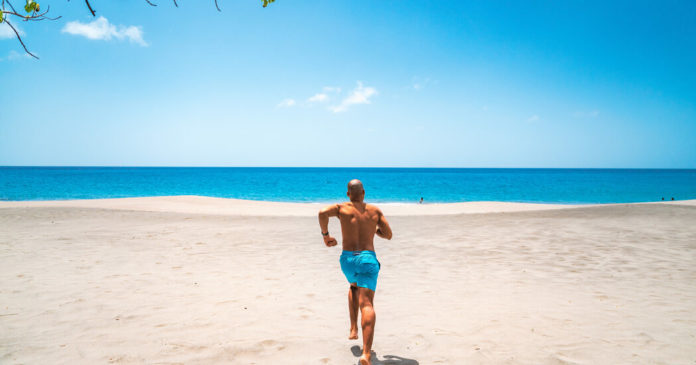But Montserrat’s program stands out even in a sea of unconventional experiments because the island chose to flip the standard term of a visa — the maximum amount of time someone can stay — on its head, requiring instead a minimum visit. It’s also unusual because while other islands have emphasized how easy they want to make it for remote workers to visit, Montserrat has seemed proud of making it hard to join its roughly 5,000-person bubble, where few wear masks or lock their doors.
“They’re very selective in who they let in,” said David Cort, a sociology professor at the University of Massachusetts, Amherst, who spent three months working from Montserrat with his wife, a travel risk analyst, and their daughter. “I was told that they actually turned people down.”
As to whether the program has benefited the island depends on who you ask. What everyone agrees is that the stakes are high. The primary driver of the economy is exporting volcanic sand, not tourism. Still, Rose Willock, a broadcaster who lost her home to the volcano, noted, “It’s always a challenge when we don’t have enough people coming to our island.” Before the pandemic, local businesses counted on 18,000 to 21,000 tourists a year, according to the tourism authority.
But more pressing is, of course, the virus. As of Sept. 15, 33 people had tested positive in the previous 18 months, according to the Ministry of Health. In April 2020, long before tourists were permitted to visit, one infected person died. Given that only around 23 percent of the population has been fully vaccinated, there’s a widespread understanding that if the virus ricocheted across the island, the medical system could not handle it. Should that happen, it could set Montserrat back by years. The volcanic eruption drove two thirds of the population off the island. It has been recovering, but slowly.
“We cannot afford to have the pandemic overtake our situation,” Ms. Willock said.
Source : Nytimes













